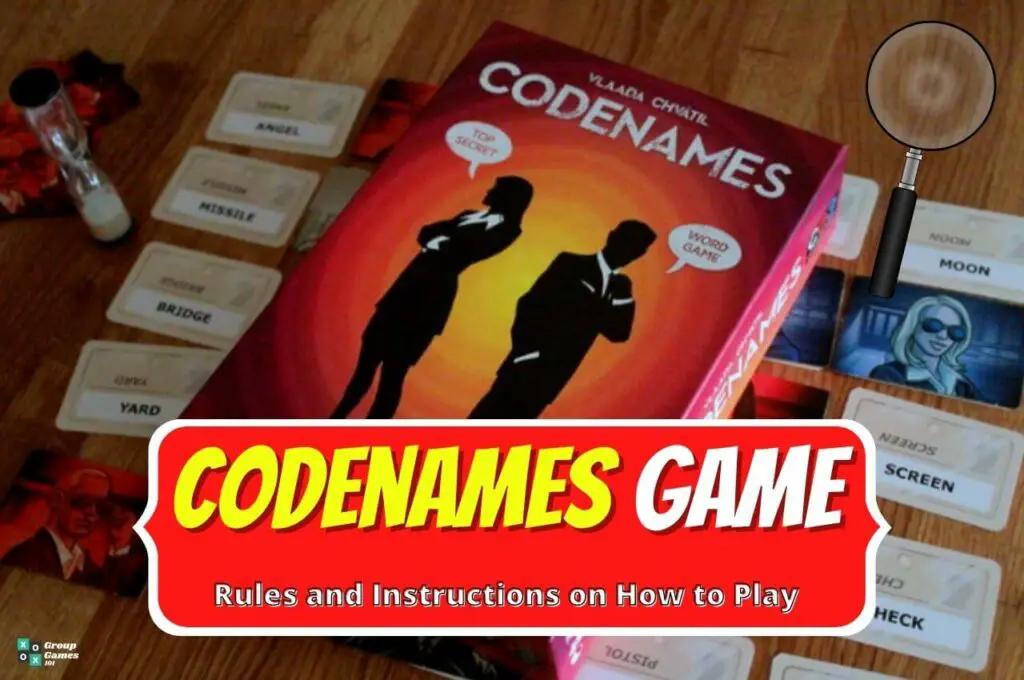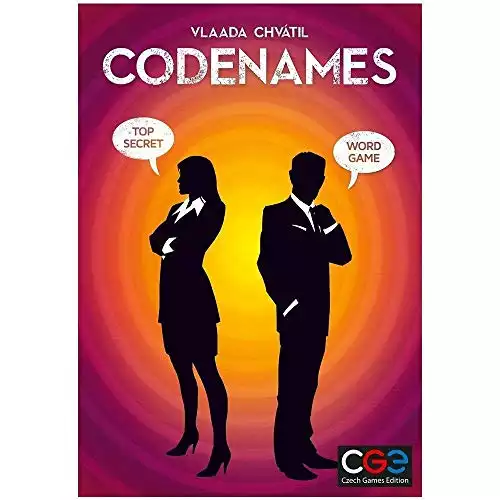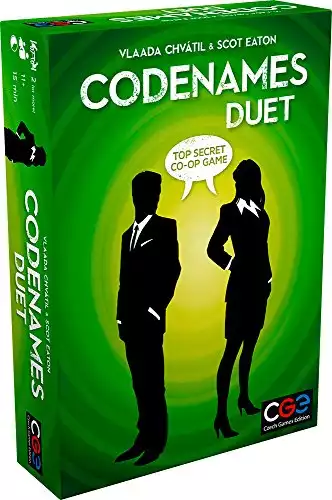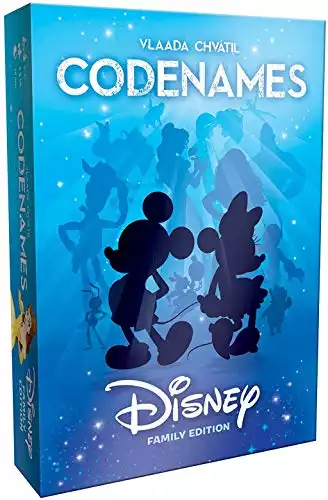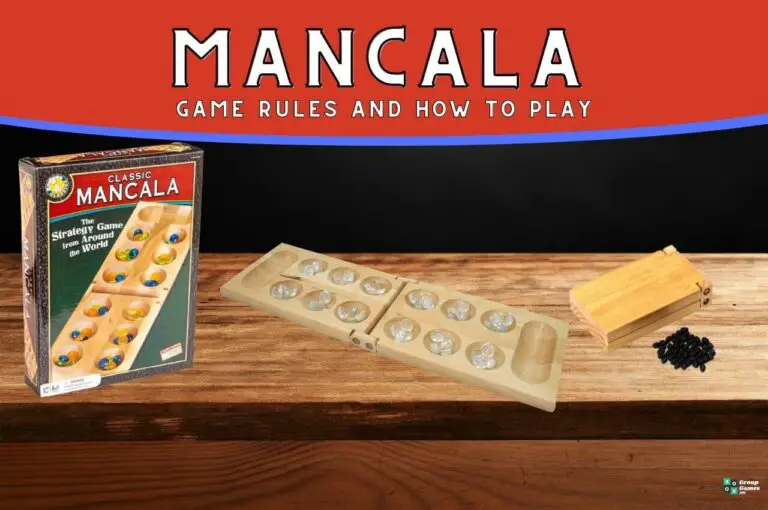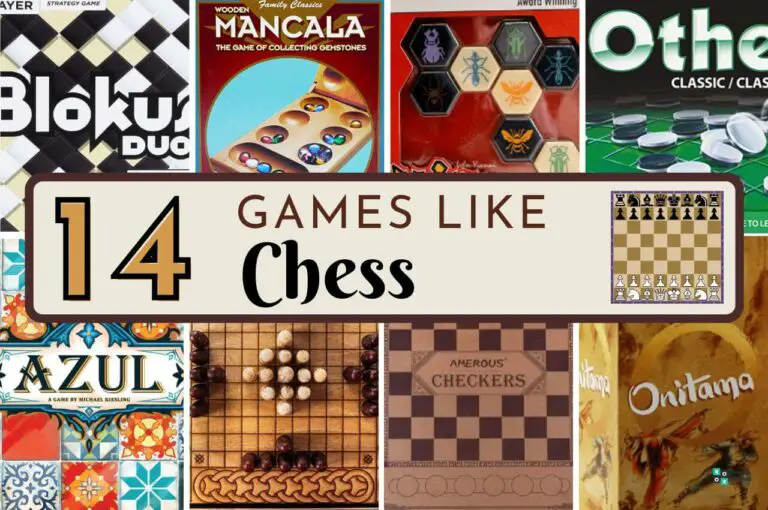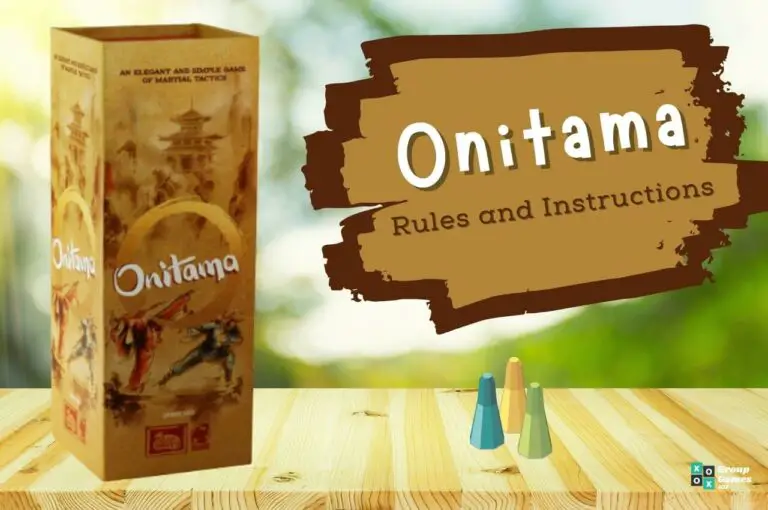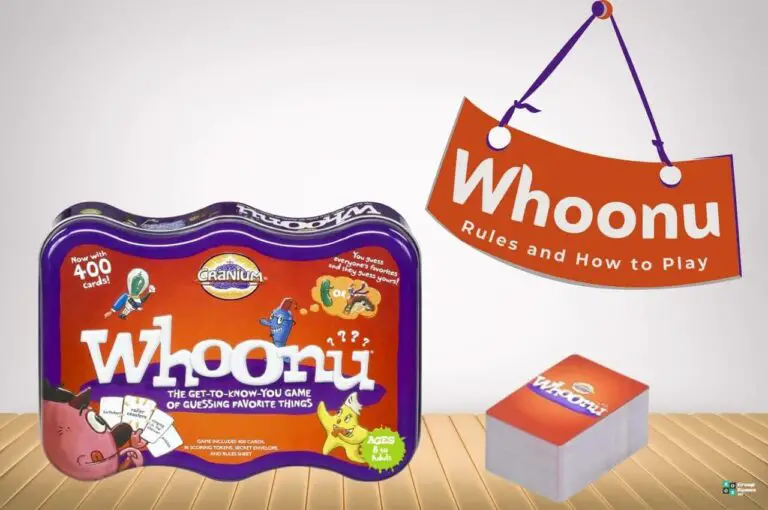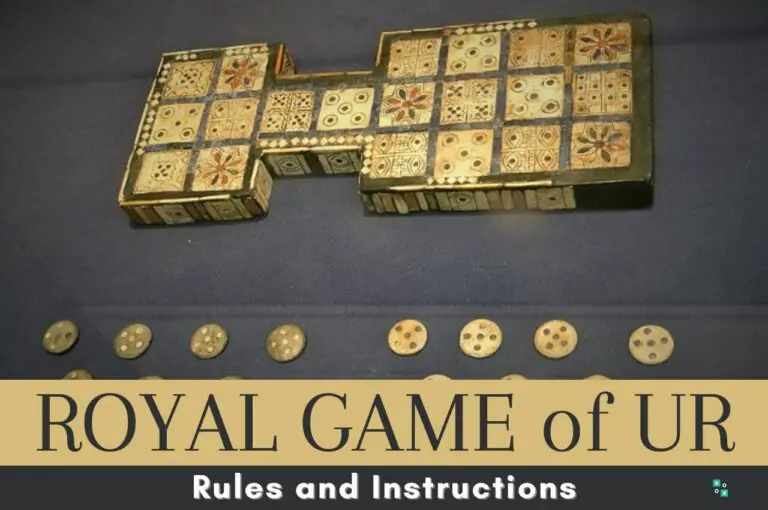If you’ve never played this exciting spy-based board game, look no further – this guide will take you through all the Codenames rules.
If you’re looking for a game packed full of intrigue, mystery, and secrets, then Codenames is the game for you.
While it’s only been around for a few years, Codenames has quickly proven itself to be a major-league game in the board game world, and for good reason too.
It’s so easy to play and perfect for partiesor by a large group of people.
So let’s dive straight into how to play Codenames. If you’ve got a gathering coming up, this will be a great game to introduce, as everyone can play it.
What is Codenames?
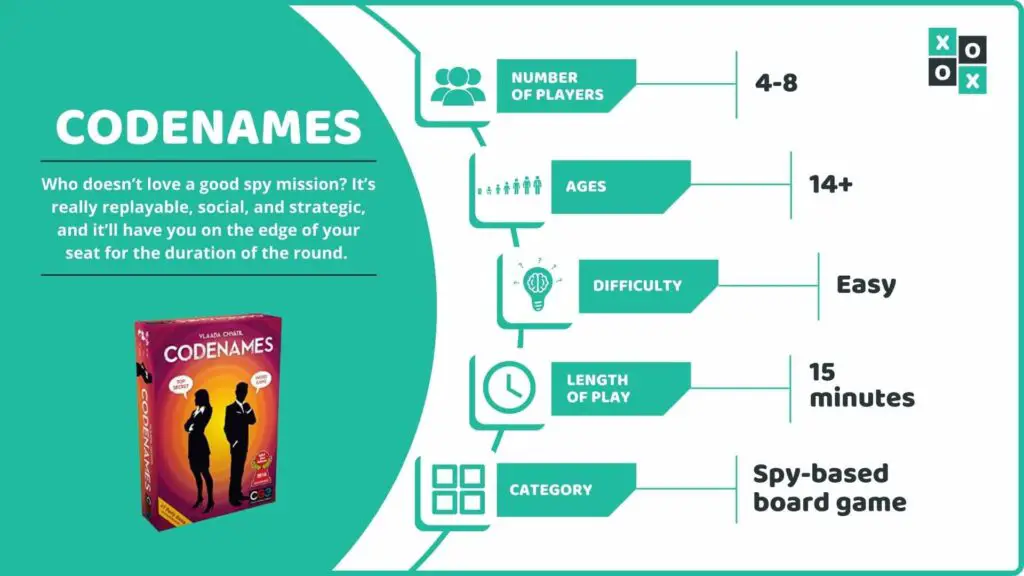
Codenames was first released back in 2015 by Czech Games Edition. Vlada Chvatil designed it, and if you know your board games and video games, you’ll surely agree that he’s a bit of a legend.
After all, he’s the one who designed a whole load of award-winning games, including Through the Ages: A Story of Civilisation, Space Alert, and Original War!
The crux of Codenames is to solve different puzzles by using really basic hints given by your team members. As we mentioned earlier, it’s perfect for a big group, as you can get different games going simultaneously. It’s quite similar to games like Mysterium and Clue, so if you’re a fan of those games, you’ll love Codenames.
Number of players: 4-8 players (but you can play with 2 or 3).
Ages: For ages 14 and up.
Difficulty: Easy.
Length of play: 15 minutes.
Similar to: Clue, Guess Who, Mastermind, Decrypto
Main objective: Give your team members one-word clues to help them work out which of their agents are still in the field, and help them make contact with them before the assassin strikes.
Why we love it: Who doesn’t love a good spy mission? It’s really replayable, social, and strategic, and it’ll have you on the edge of your seat for the duration of the round.
Related: 12 games like Codenames
Playing Codenames – What You’ll Need.
If you want to play Codenames, all you’ll need is a deck of Codenames cards, and maybe a pencil and paper for each player – and that’s it! A large flat surface to set out the cards will also be helpful so that you can lay the cards out correctly.
In your Codenames set, you’ll have:
- 16 agent cards, 8 in red and 8 in blue
- 1 double agent card
- 7 innocent bystander cards
- 1 assassin card
- 40 key cards
- 200 codename cards (with a codename on each side – so 400 codenames)
- 1 card stand
- 1 timer
Codenames also comes in different variations – including Codenames Duet, for just two players, Codenames Pictures with a pictorial element, and even Codenames Disney and Codenames Harry Potter! So if you want to try out a different type of Codenames, you’ve got plenty to choose from.
Codenames Rules
First of all, you need to divide all the people who want to play into equal teams of equal ability. You’ll want at least 2 teams of 2, but you can always use more.
Each team will now choose one person to be the spymaster. Both spymasters will sit on the same side of the table, with the other players, or operatives, sitting opposite them.
Arranging the Cards
Randomly select 25 codename cards from the deck and place them in a 5 by 5 grid on the table. Ensure that the codename cards are regularly shuffled and mixed up to make sure all the words are all mixed up properly.
Place the red agent cards in front of the red team’s spymaster, doing the same with the blue agent cards and the blue spymaster. The innocent bystander and assassin cards are placed in between the spymasters. The team that goes first is the team that gets the double agent card.
Every game you play has a key card which the spymasters are the only ones allowed to see. The key cards will reveal the identities of the agents in the field.
The red squares on the key cards dictate which words the red team needs to guess, and the blue squares for the blue team. The pale squares are innocent bystanders, and the black square is the assassin.
Playing the Game
The key card will have a series of lights on the edge of the card – this will tell you which team goes first. Then the spymaster gives his or her team a single word and a single number which their team has to then try and guess the agent’s identity.
To make sure teams don’t spend too long on their turn, use the sand timer to speed things along.
For instance, if there is more than one card on show that appears on the spymaster’s key card, they can say ‘2’ after the word related to the codenames on the cards.
Once the operatives decide on which card to select, they tap the codename card. The spymaster then checks to see if the operatives have found their agent or not.
Meanings of the Different Cards
If the operatives have found their agent, the spymaster places the correct colored agent card over the top of this codename. This team then can guess again but can’t get another clue.
The spymaster can also say ‘zero’ if none of the codenames use the clue, giving the team unlimited guesses.
If there is a bystander on the keycard, then a bystander card is placed over the codename. The turn then passes to the other team. If the assassin is revealed, then the game is over instantly and that team loses.
Winning the Game
If you manage to guess where all your agents are correctly, then you win the round. You can also end up winning the round if the other team accidentally contacts the last agent for you or if the other team ends up accidentally choosing the assassin card.
Extra Rules and Instructions
There are quite a few different things to keep in mind when playing Codenames, as you can see.
Spymasters have to keep a straight face at all times, and their clues cannot mention the codename they’re giving the clue for. They also can’t use body language as part of their clue. They also can’t use another language other than English for their clue.
How To Play Codenames – Video Tutorial
Frequently Asked Questions
What’s the best version of Codenames?
This is entirely up to you – if you’re only playing as a duo, then Codenames Duet is ideal. If you want a more grown-up version of Codenames, then why not see how you get on with Codenames Deep Undercover. Or why not try out a themed version, like Codenames Simpsons, or Codenames Marvel?
How do you play Codenames online?
There are a couple of ways you can play Codenames online – one is heading to this site and setting up a room for you and your friends to play in, or the other is heading to this site where you can play solo to get some good practice in.
Can you rhyme in Codenames?
If the word you’re rhyming with is entirely unrelated to the codename you’re trying to get your team to guess, then it’s totally fine. For instance, if the codename is ‘snail’ you could use the word ‘mail’ as the codename. It may get confusing for your team, though, so watch out!
Alternatives to Codenames
Codenames is a great game, but if you’re looking for something to keep the little ones entertained, it may not be the best option – there’s lots of spelling and word association, so it may go over some younger kids’ heads. Check out our bumper rundown of the best indoor group games for kids to play, if you’re looking for inspiration.
If you have a group of teenagers in need of entertaining, and Codenames doesn’t quite cut the mustard, then check out these awesome group games for teenagers. They’ll be entertained for hours, we can guarantee that.
And if you’ve got a mix of adults, kids, and teenagers, then look no further than our small group games to play – there’s something in there that will suit all ages, from 8 to 80!

